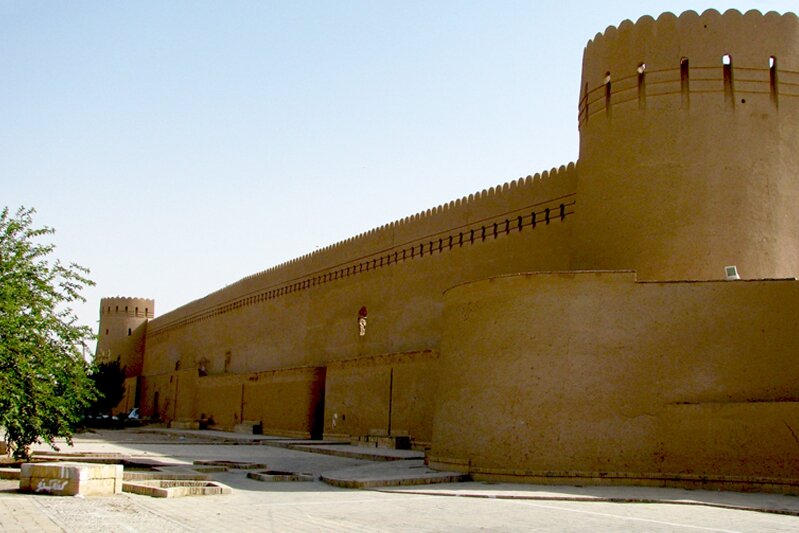Yazd’s outer ramparts, towers to be restored to former glory

TEHRAN – A restoration project has been commenced on ancient mudbrick ramparts and towers, which were once parts of defensive fortifications around the city of Yazd, which is now a UNESCO World Heritage.
The city walls of Yazd are one of the finest expressions of a vital tradition of military architecture in central Iran, witnessed in varying scale from fortified villages, road outposts, provincial castles, imperial citadels to ramparts enclosing entire cities.
Those fortification, ramparts, and towers are one of the characteristic features of Yazd, provincial tourism chief Ali-Asghar Samadiani said on Sunday.
These ramparts and towers are parts of Yazd’s historic neighborhood which were constructed in 432 AH…., the official noted.
A junction of both inter-city and regional trade routes, Yazd has predictably been a fortified settlement since its inception in the Sassanid period. However, the larger military strategic importance of its geographical location within the desert region led to its successive building and expansion as one of Iran's most famed city fortifications.
Built largely of mud brick and mud straw mixture reinforced with timber, the Yazd walls demonstrate a visual continuity in color, scale, and form with the built fabric of the town. The Yazd city walls form a large part of the earliest known descriptions of the city, dating from the tenth century which describes a well-built, fortified city with iron gates.
The city walls of Yazd have traditionally been the last shelter of threatened and eventually displaced Persian imperial dynasties. It was one of the last bastions to hold out against the Islamic, Seljuk, Mongol, Timurid, Safavid, and Afghan invasions of Iran over the past millennium.
More impressive and richer in architectonic qualities than the similar mud brick city walls of Bam (in southeast Iran), Yazd's walls were built before the active use of gunpowder in warfare. The influx of war technologies introduced by invading armies gave birth to circular, larger, and more closely spaced barbican towers that allowed defenders to target the invader's vulnerable flank. Protected crenellations with arrow slits provided defensive positions while series of sluices allowed invaders to be discouraged by boiling oil or burning pitch. The walls were double layered with a high protective external curtain supported by a lower inner wall.
AFM/MG
Leave a Comment